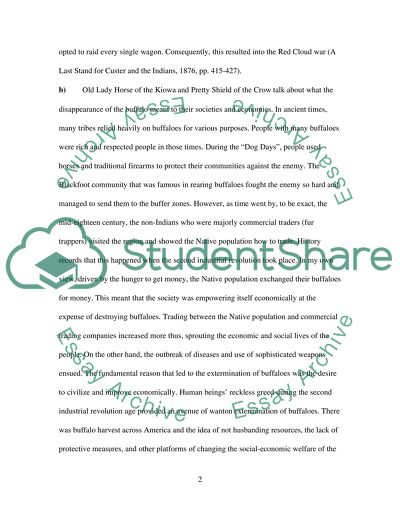Cite this document
(“Conflict between Federalist and Anti-Federalist: Manifestation in Essay”, n.d.)
Retrieved from https://studentshare.org/history/1461271-conflict-between-federalist-and-anti-federalist-manifestation-in-american-politics-today
Retrieved from https://studentshare.org/history/1461271-conflict-between-federalist-and-anti-federalist-manifestation-in-american-politics-today
(Conflict Between Federalist and Anti-Federalist: Manifestation in Essay)
https://studentshare.org/history/1461271-conflict-between-federalist-and-anti-federalist-manifestation-in-american-politics-today.
https://studentshare.org/history/1461271-conflict-between-federalist-and-anti-federalist-manifestation-in-american-politics-today.
“Conflict Between Federalist and Anti-Federalist: Manifestation in Essay”, n.d. https://studentshare.org/history/1461271-conflict-between-federalist-and-anti-federalist-manifestation-in-american-politics-today.


